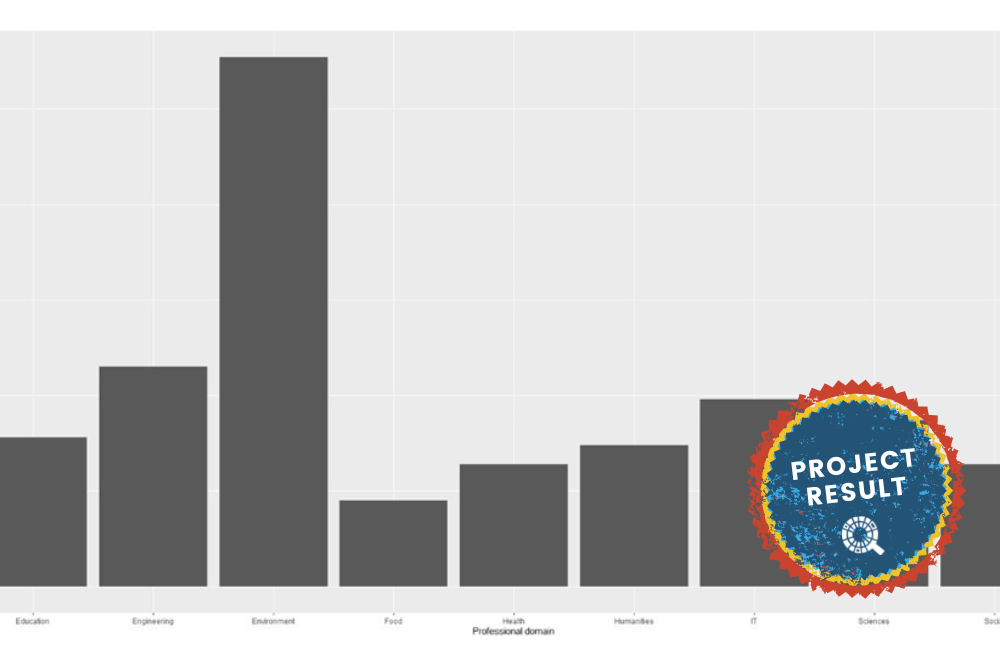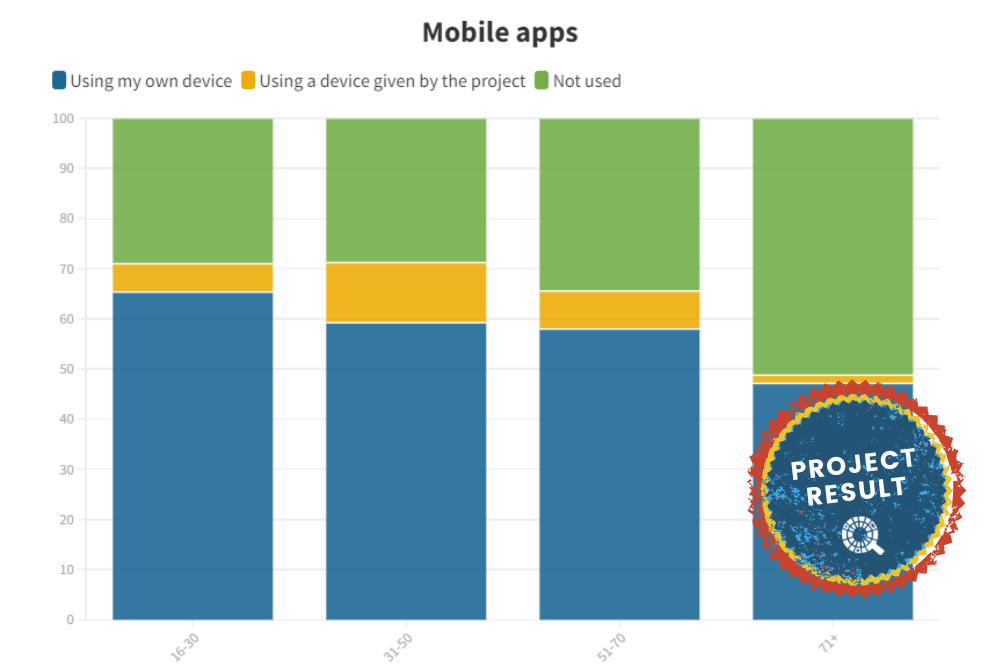Citizen science (CS) projects encompass a variety of different disciplines (e.g. health, biology, education). However, it is not clear whether volunteers’ working i.e. professional discipline is related to the discipline of their selected project.
The majority of volunteers within considered CS projects are from different professional disciplines.
Volunteers are more likely to participate in a project if the project’s discipline matches their professional one.
Introduction
Citizen science is meant to engage the public, regardless of their educational or professional background. Previous literature indicates that quality of CS projects does not suffer if people with different professional backgrounds participate (Salk et al., 2016). In return, CS projects may profit from a interdisciplinary volunteer base.
The discipline of the project may be relevant for volunteers. Research suggests that if volunteers primarily perform work-related activities in their leisure time, they will likely experience less detachment from work (Wendsche & Lohmann-Haislah, 2017). Detachment is one important component in recreation and stress reduction (Sonnentag, 2012). Our aim is to investigate whether the professional discipline of volunteers and the discipline of volunteers’ selected project are related to each other.
The results are based on our CS Track survey data, referred to in deliverable 4.2 ((Paajanen et al., 2021). which was statistically analysed using Fisher’s exact tests (see Penn State’s Department of Statistics, n.d). We examined two different ratios: First, how many volunteers work in a specific discipline, and second, how many of those volunteers in a specific discipline participate in a CS project representing the same discipline.

Figure 1. This bar chart shows the number of volunteers for each professional discipline represented in the survey.

Figure 2. The x-axis of the mosaic plot displays the relative number of volunteers which have/do not have a professional background in environmental discipline. The y-axis displays whether they have participated in an environmental CS project. The association is statistically significant.

Figure 3. This mosaic plot displays the professional discipline of natural sciences on the x-axis and the participation in natural science projects on the y-axis. The difference is statistically significant.

Figure 4. This mosaic plot displays the association between the professional discipline of education and participation in educational CS projects. Although the association is weaker than in the former graphs, it is still statistically significant.
Results
Results highlight that if a volunteer works e.g. in the environmental discipline, they are more likely to volunteer in an environmental CS project, compared to volunteers from other disciplines. This relationship is significant for every discipline referred in the survey. Overall, it seems that volunteers participate in projects that relate to their professional discipline even during their leisure time. It is important to note, however, that we cannot fully determine the contents of the activities within projects and their relation to those performed in professional disciplines due to general descriptions of disciplines.
Even though, this does not mean that projects are mainly participated by volunteers of a related profession. Looking at the mosaic plots, we see that the area of the non-professional volunteers is larger than of the professional volunteers. This means that the majority of participants belongs to different professional domains than the project. Thus, volunteers in CS still have a diverse professional background and share interdisciplinary perspectives.
References
Paajanen, S., Lampi, E., Lämsä, J., & Hämäläinen, R. (2021). White paper: Themes, objectives and participants of CS activities. CS Track. https://zenodo.org/record/5026192#.Yud6XXZByUm
PennState Eberly College of Science (n. d.). 4.5 – Fisher’s Exact Test. https://online.stat.psu.edu/stat504/lesson/4/4.5
Salk, C., Sturn, T., See, L., & Fritz, S. (2016). Local knowledge and professional background have a minimal impact on volunteer citizen science performance in a land-cover classification task. Remote Sensing, 8(9), 774.
Sonnentag, S. (2012). Psychological detachment from work during leisure time: The benefits of mentally disengaging from work. Current Directions in Psychological Science, 21(2), 114–118. DOI: https://doi.org/10.1177/0963721411434979
Wendsche, J., & Lohmann-Haislah, A. (2017). A meta-analysis on antecedents and outcomes of detachment from work. Frontiers in psychology, 7, 2072. DOI: https://doi.org/10.3389/fpsyg.2016.02072














